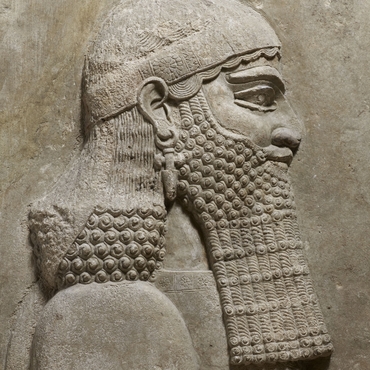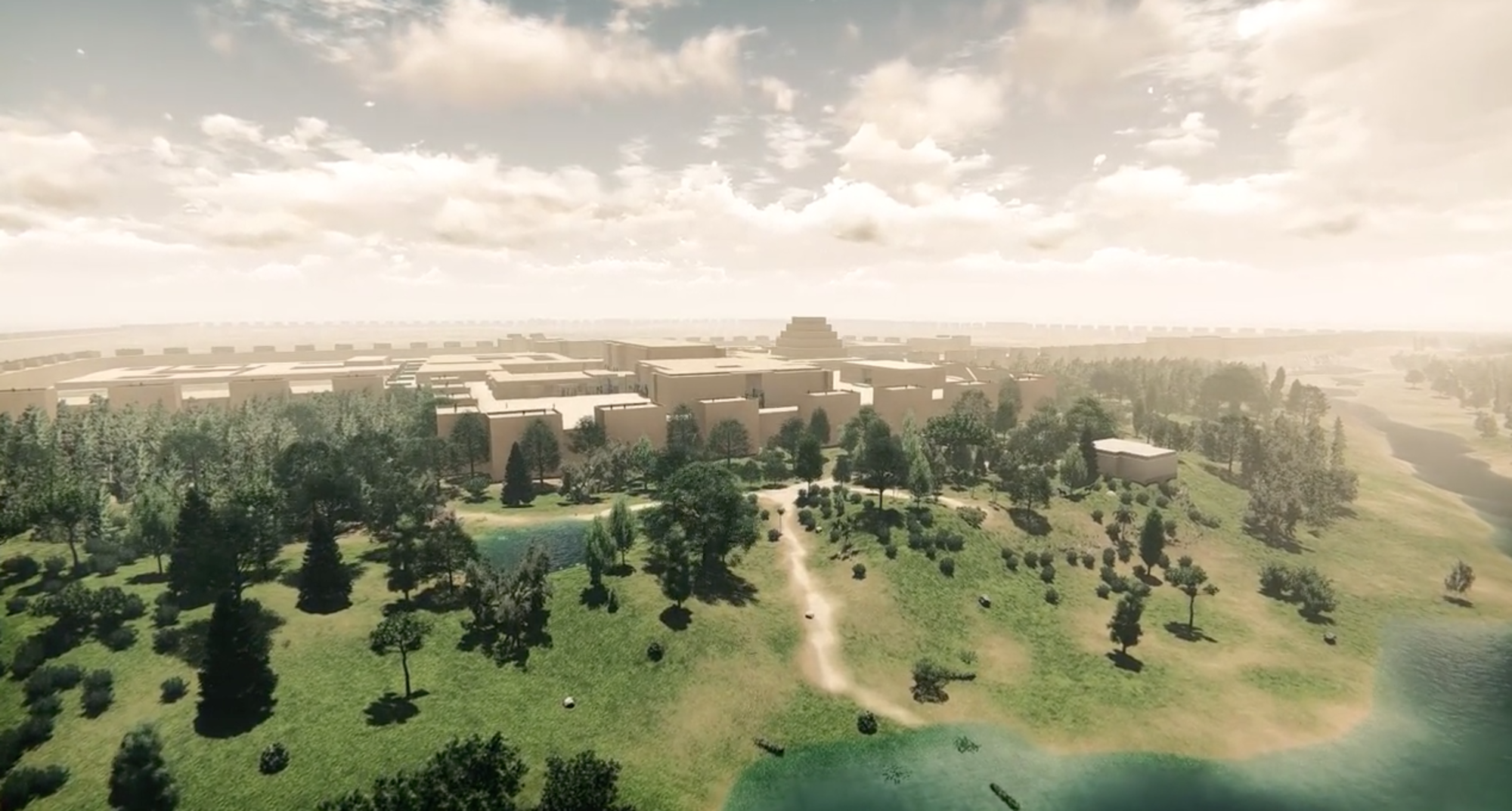
- Home
- Explore the site
- Sargon’s reign
- The death of Sargon
Sargon died in 705 BCE in a battle in Tabal, in southeast Anatolia. The enemy army seized the Assyrian camp and the king’s body was never found. As a result, he did not receive a proper burial in his palace at Khorsabad, which was considered a curse in Mesopotamia.
A brutal death
The death of the king, one year after the end of the colossal Khorsabad construction project and the inauguration of his “unrivalled palace", was unexpected. He was convinced he was going to live there for many years to come, as suggested by a foundation tablet:
"The gods who live in heaven and on earth, and also in this city, rejoiced at my command and thus guaranteed me, forever, the privilege of building this city and growing old in it.
Divine punishment?
The Crown Prince Sennacherib was worried about why his father had suffered such an ignominious fate and consulted soothsayers to discover the reasons. Believing his father had received divine punishment for neglecting Ashur, and fearing the same fate, he left Khorsabad and transferred the Assyrian capital to Nineveh. He probably took some of the decorations and furnishings with him.
A well-prepared succession
Sargon had prepared his son Sennacherib for his future role as king. During his military campaigns, he entrusted him with the regency of the kingdom and its routine administration, which included correspondence with provincial governors. The Crown Prince was also called on to supervise the construction of Khorsabad when required. So the man who ascended the throne on the death of Sargon was well-versed in the exercise of power and benefited from an expanded Assyrian empire.


